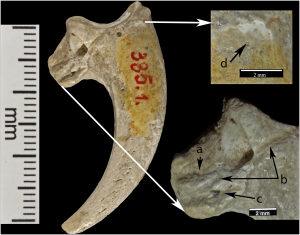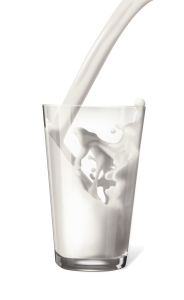Using smartphone technology to compare real-time and retrospective self-reports of alcohol consumption
“I Have No Clue What I Drunk Last Night” Using Smartphone Technology to Compare In-Vivo and Retrospective Self-Reports of Alcohol Consumption – RL Monk, D Heim, A Qureshi, A Price, PLoS ONE 10(5): e0126209
This research compared real-time measurements of alcohol consumption with retrospective accounts of alcohol consumption to examine possible discrepancies between, and contextual influences on, the different accounts. Building on previous investigations, a specifically designed Smartphone technology was utilized to measure alcohol consumption and contextual influences in de facto real-time. Participants reported consuming more alcoholic drinks during real-time assessment than retrospectively. For daily accounts a higher number of drinks consumed in real-time was related to a higher discrepancy between real-time and retrospective accounts. This effect was found across all drink types but was not shaped by social and environmental contexts. Higher in-vivo alcohol consumption appeared to be related to a higher discrepancy in retrospectively reported weekly consumption for alcohol beverage types other than wine. When including contextual factors into the statistical models, being with two or more friends (as opposed to being alone) decreased the discrepancy between real-time and retrospective reports, whilst being in the pub (relative to being at home) was associated with greater discrepancies.

Need help with this article? Discover more with the Scientific Literacy Tool









